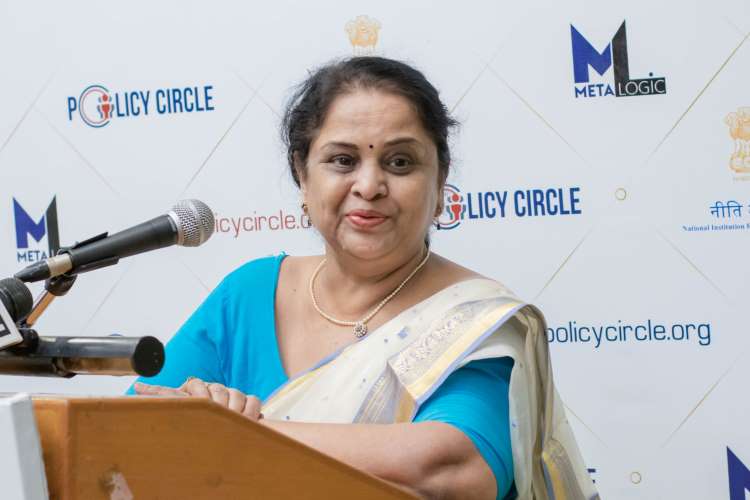
Tobacco regulation in India has evolved over the last two decades. We have seen strict restrictions on tobacco sale. The sin tax has shot through the roof, making tobacco products extremely costly. Smoking has been banned in public places and demarcated smoking areas are in place in offices and other buildings. But, has tobacco consumption come down because of these measures? The answer is an emphatic ‘no’. Of course, these changes have reduced the suffering of passive smokers.
While smoking has gone out of fashion with a large chunk of the population, there is hardly any fall in tobacco consumption. This means only a behavioural change can bring in desired results. We have come a long way from the time when, as teenagers growing up in Hyderabad, we used to idolise celebrities like Jackie Shroff who used to feature in cigarette ads, to current times, Akshay Kumar saying that there is no heroism in smoking. A larger number of students must have started smoking out of admiration and the perception that smoking is some kind of manly ritual, however, the same is not an ideal for youngsters now.
READ I Tobacco regulation debate puts consumer on the centre stage
Tobacco regulation yields little
The government has done phenomenally well in bringing in changes like the size of the statutory warning and the repulsive photos on cigarette packets. I think these are major achievements. While preparing for the seminar, I browsed the internet and was horrified to see that the number of tobacco consumers has gone up from 184 million to 250 million. This means that due to some reason, the steps we have taken till now have been ineffective.
The projections say that in the next 10-15 years, this number will increase by 10%, and the number of women consumers will go up to 45 million. In that sense, the risk factor has increased with the user base getting diversified. Also, the number is projected to go up in the age group of 10-15. Those who start smoking early will find it difficult to quit smoking. In the case of school and college students, peer pressure is the biggest factor.
READ I India must push for targeted dental insurance schemes
Focus on smoking
The projection that tobacco consumer base is expanding to 250 million is really worrisome. But even more troubling is the number of people who are into chewing tobacco. India has a huge consumer base for chewing tobacco which is much more harmful than cigarettes or beedis. While the focus of the policy is smoking, products like gutka and pan masala go under the radar. This is not something like Covid-19 that took you unawares, but something you have built into your lifestyle, causing harm to yourself and affecting the well being of your family.
Prohibitive pricing through heavy taxation can just be one of the measures to discourage tobacco use. As regards tobacco production, it cannot be brought down beyond a certain level. Production has to cater to the 250 million consumers. Banning gutka, pan masala, cigarettes or electronic cigarettes will have limited impact. It will also result in an underground market which is not taxable.
Tobacco use kills 1.4 million Indians every year and causes economic losses to the tune of 1% of the country’s GDP. As the regulations in force are not delivering desired results, there is a need for out-of-the-box thinking. Along with ban on smoking at public places and shaming efforts, we need to educate people, especially the younger generation, about the harmful effects of tobacco. A sense of shame and fear needs to be instilled in the youth for tobacco regulation to succeed in bringing down consumption.
(This article is an edited version of Dr Sharma’s speech at a Policy Circle seminar on ‘Future-proofing Tobacco Regulation in India’.)
Dr Aruna Sharma is a New Delhi-based development economist. She is a 1982-batch Indian Administrative Service officer. She retired as steel secretary in 2018.


